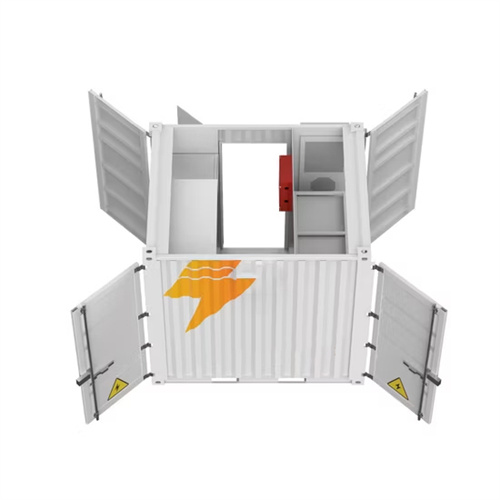About Energy storage consumption of nmc versus lfp
NMC Batteries: NMC batteries offer the highest energy density among the three options, typically ranging from 150 to 250 Wh/kg. Some advanced NMC batteries can reach values exceeding 300 Wh/kg under optimal conditions. LFP Batteries: LFP batteries provide moderate energy density, generally falling between 90 to 160 Wh/kg.
As the photovoltaic (PV) industry continues to evolve, advancements in Energy storage consumption of nmc versus lfp have become critical to optimizing the utilization of renewable energy sources. From innovative battery technologies to intelligent energy management systems, these solutions are transforming the way we store and distribute solar-generated electricity.
When you're looking for the latest and most efficient Energy storage consumption of nmc versus lfp for your PV project, our website offers a comprehensive selection of cutting-edge products designed to meet your specific requirements. Whether you're a renewable energy developer, utility company, or commercial enterprise looking to reduce your carbon footprint, we have the solutions to help you harness the full potential of solar energy.
By interacting with our online customer service, you'll gain a deep understanding of the various Energy storage consumption of nmc versus lfp featured in our extensive catalog, such as high-efficiency storage batteries and intelligent energy management systems, and how they work together to provide a stable and reliable power supply for your PV projects.
Related Contents
- Energy storage consumption
- Energy consumption cold storage facilities
- Capacitor energy storage solar
- World energy storage
- Us energy storage in us
- Hokkaido energy storage
- Lipids in energy storage
- Aquifer thermal energy storage pdf
- Hydraulic accumulator energy storage
- Grid scale energy storage uk
- Triglyceride energy storage in bone cavities
- 1 mw energy storage system


